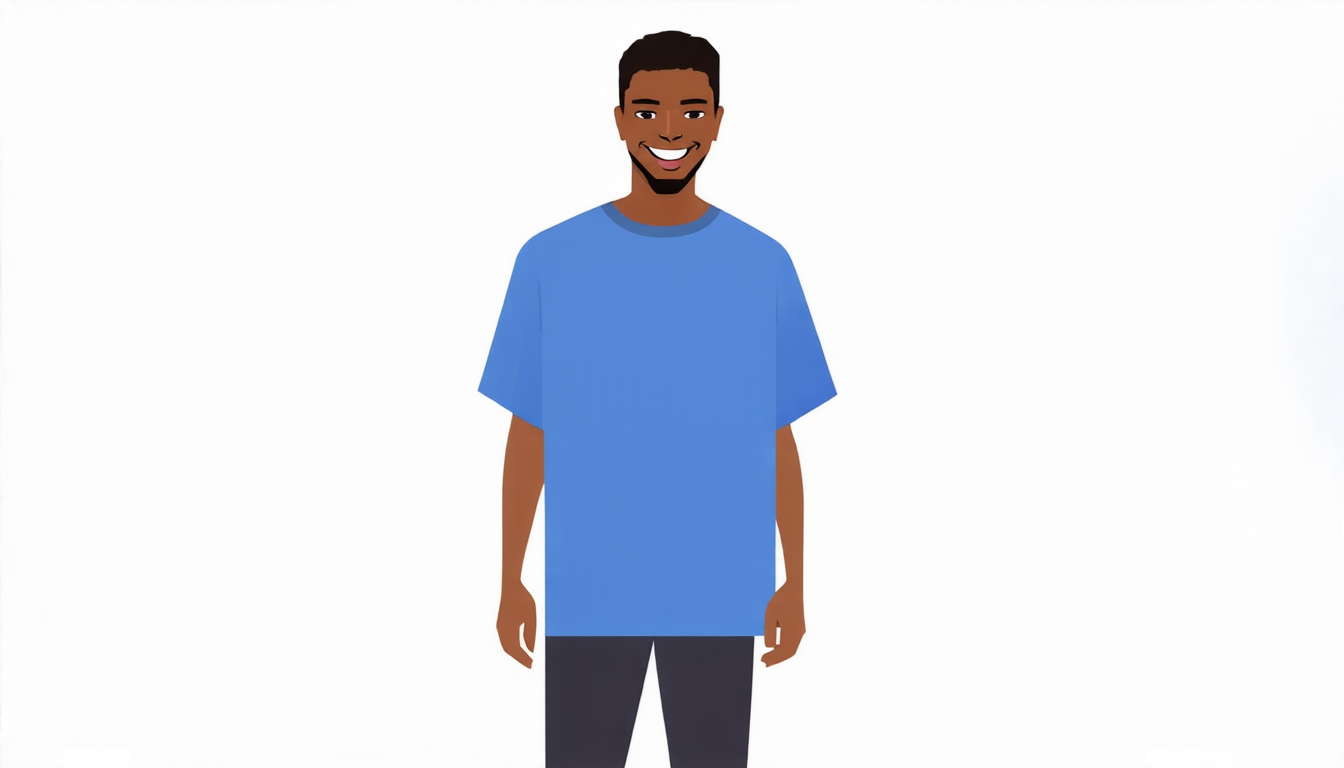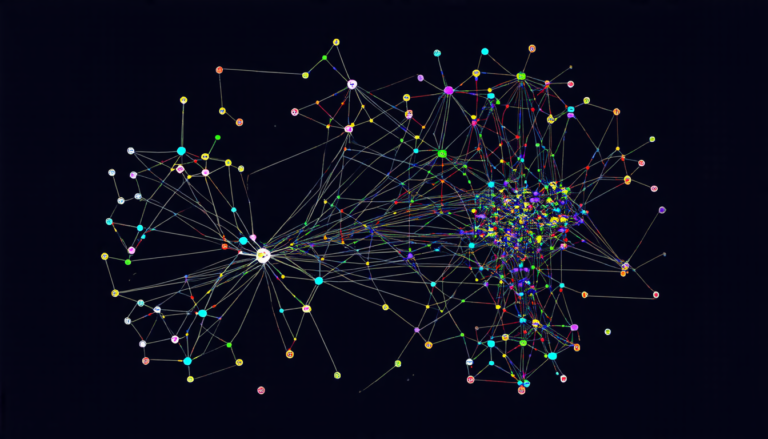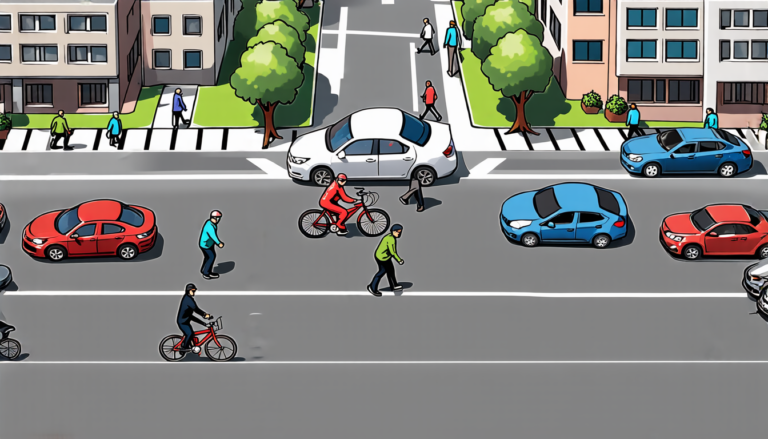Sunday 20 July 2025
The quest for a seamless virtual try-on experience has long been a holy grail of e-commerce, and researchers have finally cracked the code. In a recent paper, a team of scientists has developed a real-time per-garment virtual try-on system that can accurately render loose-fitting garments on human bodies.
For years, virtual try-on technology has relied on simplistic approaches that often resulted in awkward silhouettes or inaccurate reflections of clothing. But with the rise of machine learning and computer vision, researchers have been able to develop more sophisticated methods that can better capture the intricacies of human clothing.
The new system, dubbed Real-Time Per-Garment Virtual Try-On with Temporal Consistency for Loose-Fitting Garments, uses a two-stage approach to achieve accurate results. The first stage involves extracting a garment-invariant representation from raw input images, which enhances the robustness of semantic map estimation under loose-fitting garments.
The second stage employs a recurrent garment synthesis framework that incorporates temporal dependencies to improve frame-to-frame coherence while maintaining real-time performance. This allows the system to accurately render clothing on human bodies in real-time, even when the garment is loose-fitting or obscures body contours.
One of the key challenges in developing this technology was addressing the limitations of existing methods, which often struggled with loose-fitting garments due to their reliance on human body semantic maps and lack of temporal information. The researchers tackled these issues by introducing a garment-invariant representation that can be used to estimate semantic maps more accurately, even when the garment is loose-fitting.
The system’s performance was evaluated through both qualitative and quantitative assessments, with results demonstrating significant improvements over existing approaches in terms of image quality and temporal coherence. Ablation studies further validated the effectiveness of the garment-invariant representation and recurrent synthesis framework.
This breakthrough has significant implications for e-commerce retailers, who can now offer customers a more immersive and realistic virtual try-on experience that accurately reflects their body shape and clothing choices. The technology also holds promise for applications in fields such as fashion design, where designers can use it to create more accurate digital models of their designs.
While there is still much work to be done before this technology becomes widely available, the researchers’ achievement marks a significant milestone in the development of virtual try-on technology. With its potential to revolutionize e-commerce and beyond, this breakthrough has far-reaching implications for both consumers and businesses alike.
Cite this article: “Real-Time Virtual Try-On Technology Breakthrough”, The Science Archive, 2025.
Virtual Try-On, E-Commerce, Machine Learning, Computer Vision, Garment Synthesis, Recurrent Framework, Temporal Coherence, Image Quality, Fashion Design, Digital Models







